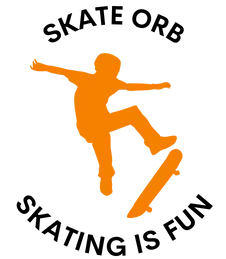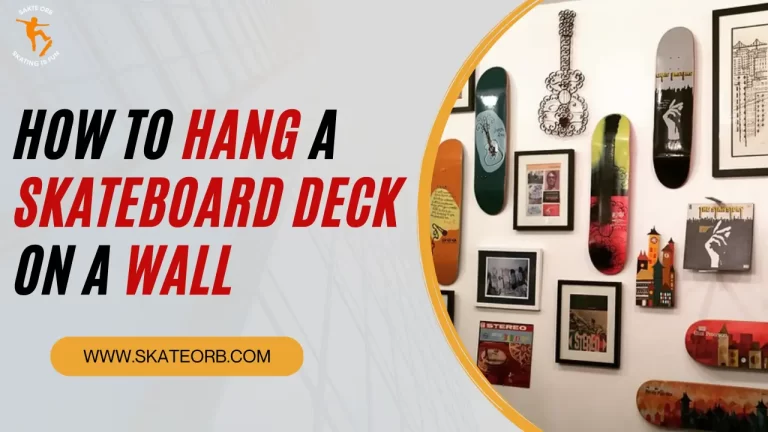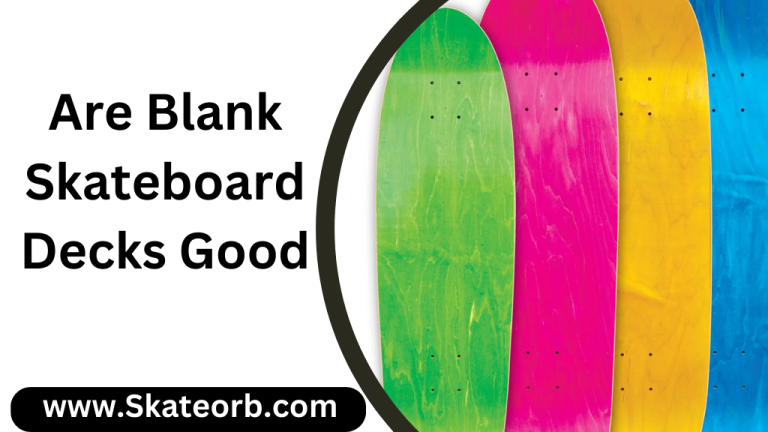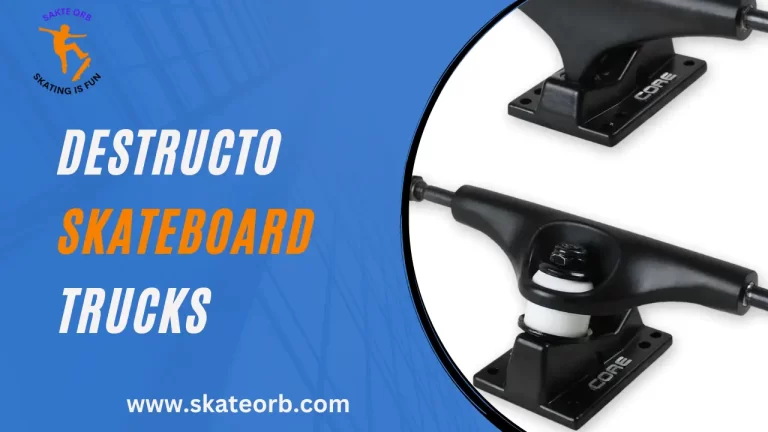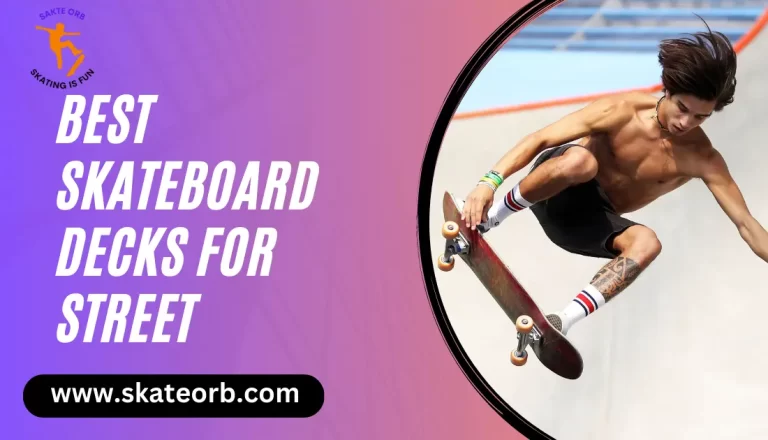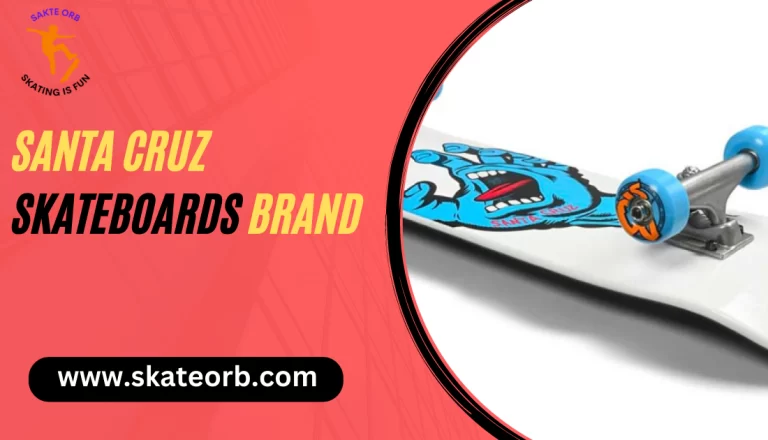Skateboard Stance to Unleash Riding Styles Using Foot Placement

When using a skateboard, you can adopt one of four different foot positions. The skateboard stance names are : natural, nollie, switch, or fakie stance. A skateboarder’s natural or intuitive footing determines their stance, which is a type of body posture.
There are several simple methods to assist you in determining your skateboard stance. Even if you can just get on a board and try it out, there are a few tricks and suggestions that might be really useful.
You may slide on the floor in your socks thanks to a strange trick that may sound ridiculous, but it truly works. Check which skateboard foot placement feels more at ease walking forward and which foot feels more at ease walking backward.
The human body will always prefer to place one foot on the nose of a skateboard, unless they are ambidextrous. Skateboarders that are skilled or professionals will inevitably find themselves riding forward and backward, switchfoot and natural.
Because the routines appear to be so natural, it can be difficult for an observer or even an average skater to tell which stances they are doing tricks in. Regular or goofy footedness is one of two skateboard riding styles, and there are four distinct body positions. In this article we will provide you information about skateboard stance.
The four skateboard positions are as follows.
Regular vs Goofy
Determining whether a regular stance or a skateboarding goofy stance is ideal for you is crucial. Skateboarding poses can be done all year round, however surfing can only be done at the correct time of year.
Natural, or primary, skate stances might be serious or silly. A skateboarder who uses both riding feet normally sets the left (lead) foot in front of the skateboard, close to the nose, and pushes with the right foot.
The opposite is done by a skater with silly feet. He or she pushes the skateboard ahead with the left foot and the right (lead) foot. You can count on your feet to land where they want to on the board naturally.
Any foot you step out with to catch yourself is your natural or dominant foot, so ask a friend or relative to push you forward forcefully from behind. Skateboarders improve with more practice.
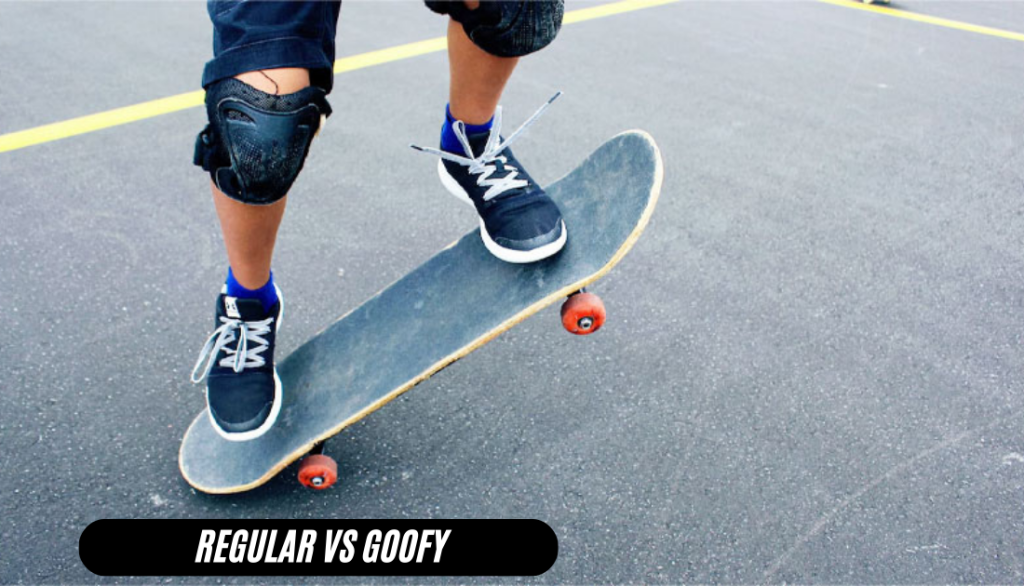
Switch vs Fakie
Let’s talk about fakie vs switch. When you ride in your natural stance but in reverse, this is known as a fake stance. Rolling backwards while maintaining a normal riding position on your skateboard. Fakie can also be thought of as switch riding with your feet placed on the front kick. Usually, when you roll back down a ramp or bank without performing a kickturn or a 180, you will be in fake posture. You may also experience skating fakie when performing tricks like 180s or big spins on flat surfaces.
When riding in a switch stance, you take the opposite footing from your normal one. similar to using your non-dominant foot to kick a ball or writing with your non-dominant hand. For instance, if you had normal feet, your right foot would be in front and your left foot would be at the back while switching. A Goofy skater would use their left foot in front if they rode in the opposite direction from their normal footing, which is known as switching. Any manoeuvres carried out from this position are known as switches, such as the switch backflip.
Natural Skateboarding Stance
The natural position is the most comfortable and is the attitude you adopt when you start skateboarding. Whether you’re a casual skater or a badass skater, it’s important to confidently learn the basics of navigating the pavement at every stage. Normal or crazy attitudes are neither right nor wrong. It’s just a preference.
Nollie Skateboard Stance
Nolly posture is similar to natural posture, but with subtle and appropriate nuances. His two feet move toward the front of the skateboard. Although slightly more difficult than the natural position, the nose raise position keeps your body and legs in a straight line.
Alternate positions are often a challenge for beginners and intermediate skaters because they put you in the exact opposite natural position. It can be just as difficult as writing with your non-dominant hand, but it’s not impossible and usually just takes practice and training.
Fakie Skateboard
The best way to explain fakie stance is as skating backwards. You will be riding in fakie, for instance, if you ascend the half pipe ramp and then down it without turning.
The false position is when you skateboard in your natural position but in reverse motion. This usually happens when you are going downhill, i.e. going backwards from a natural position.
It’s like walking on a fake, moving both feet towards the nose of the board. For example, the position after doing a 180 degree.
The wrong position is very useful because many tricks require you to stand with your back to the board. Either the front foot is on the tail or the back foot is in front of the board. Ironically, old school skaters call this a false position, while the new school considers it a transition position.
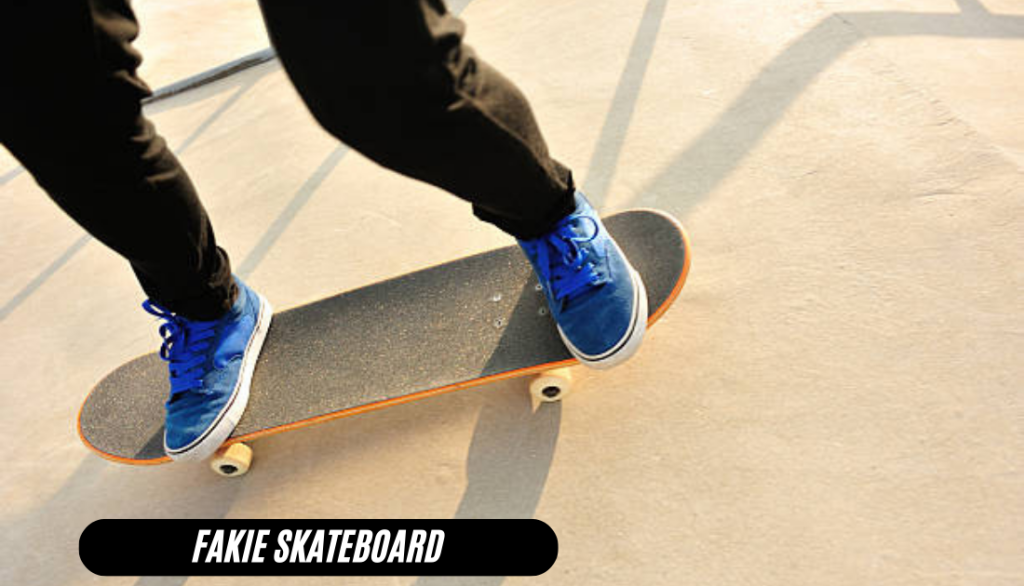
How to Spot a Regular or Goofy Footed Person
In order to make their skateboard easier to handle, skateboarders often place their dominant foot in the rear position. Stand up straight and ask someone to gently push you from behind to help you decide which position is best for you.
Your lead foot is the one you use to steady yourself. To determine your natural stance, you can also climb a staircase. The likelihood that you will ride regularly increases if you lead up the stairs with your right leg. You might want to try the goofy-footed stance if your left leg leads. It’s crucial to remember that comfort, not left- or right-handedness, usually determines how you ride.
Determining whether a regular stance or a goofy stance is ideal for you is crucial. Skateboarding can be done all year round, however surfing can only be done at the correct time of year.
How About the Mongolian Posture?
It is certain that Mongolian skating has never been more popular. This type of gait involves pushing off with the front legs rather than the back legs.
It sounds strange, but many professionals use this method. Interestingly, snowboarders and surfers cannot use mongo technology. However, the main disadvantage of mongo is that it is much harder to balance and stay on the board. The board is much more likely to crash and burn if you use mongo technology. The beauty of Skating Mongo is that you can switch and fakey skate very easily.
Conclusion
Your two feet should be parallel to your board when you stand straight up. Your feet should be level with your shoulders. Maintain a straight back and gaze directly ahead. Move your weight forward and backward on your skateboard to discover your balance and the position that feels most comfortable for you.
Skateboarders can decide whether to ride with a normal stance or a goofy stance, just like in snowboarding, surfing, and other board sports. Skateboarders should pick a skateboard stance that they feel most at ease with when skating.Hope this article helps you to get information about skateboard stance.
FAQs
How to Stand on a Skateboard?
You can stand on a skateboard by following steps :
Finding a comfortable stance
Staying balanced
Getting a feel for the board
Is Learning the Ollie the Trickiest?
The hardest skateboarding move to learn is the ollie. My pals and I took a very long time. It seems to me that explaining it makes it difficult to teach. Instead, the board rises after the initial slam or pop of the tail striking the ground, which you may mimic by simply stamping on the tail of your board.
How on earth is it possible to do an ollie?
A slow-motion ollie movie demonstrates physics. The main concept is to torque the skateboard up into a hop by pushing down firmly on one side out past the wheels, then pushing down with the opposite foot to level the board out and make it appear to stay to the feet.
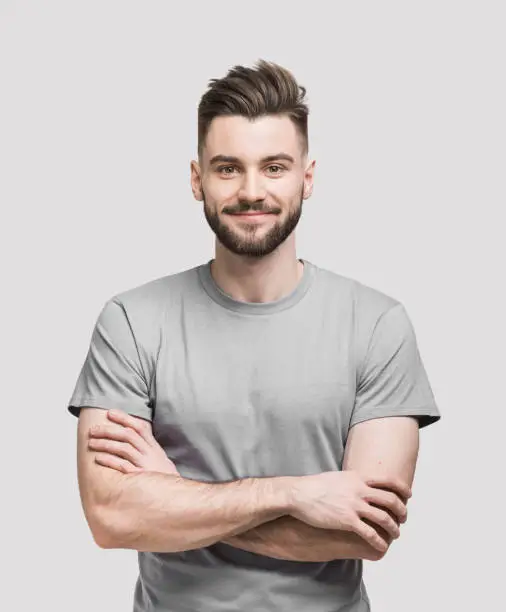
Who Is Roy Harris
Hey there, I’m Roy Harris, and skateboarding is my life.
Growing up in sunny Southern California, I fell head over heels for skateboarding at an early age. From the moment I stepped on a skateboard, I knew it was my calling.
